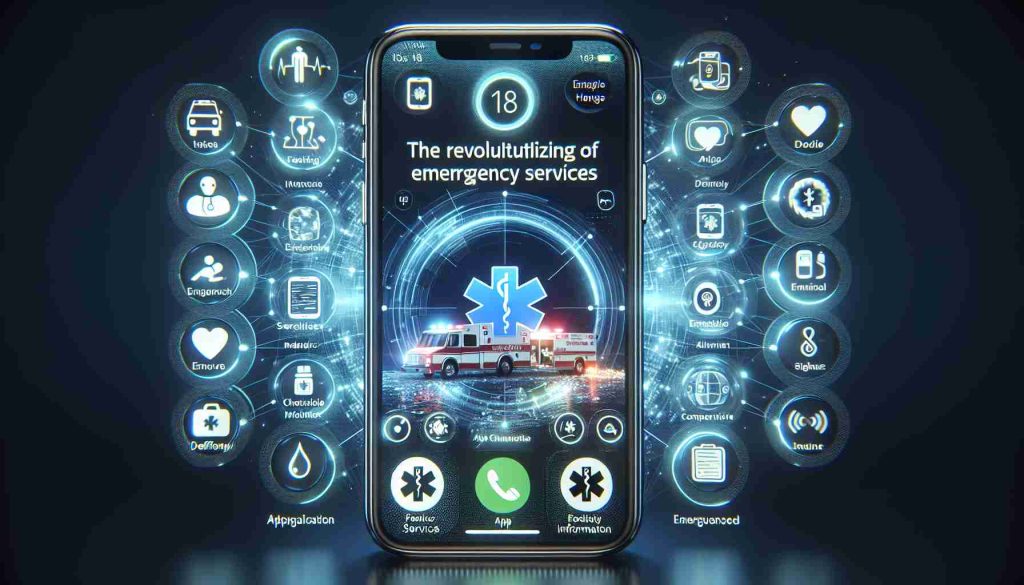Schools Embrace Phone-Free Education
In a push to enhance student focus and well-being, schools are increasingly prohibiting the use of smartphones in classrooms. State leaders like Utah Governor Spencer Cox have advocated for policies that encourage students to keep their phones in backpacks or lockers during school hours, promoting undivided attention to lessons and meaningful peer interactions. Schools such as Delta High School have implemented innovative practices like clear pocket storage for phones upon entering classrooms, resulting in improved learning environments and increased teacher-student engagement.
Support for Phone Restrictions Grows
Political figures like Sen. Mitt Romney and Virginia Governor Glenn Youngkin have voiced their support for limiting cellphone use during school days to create healthier and more focused educational settings. The emphasis on reducing distractions and improving mental health aligns with research indicating excessive smartphone utilization can negatively impact student academic performance and well-being.
The Impact on Education
Studies have shown that when smartphones are removed from educational settings, students exhibit higher levels of course comprehension and decreased anxiety. While concerns about enforcing cellphone policies persist among educators, there is a growing acknowledgment of the benefits associated with limiting phone use in schools. With a majority of teachers highlighting cellphone distractions as a significant issue in classrooms, the conversation around creating phone-free learning environments continues to gain momentum.
Rethinking Smartphone Use in Schools: Nurturing Engagement and Learning
As schools across the country reevaluate the role of smartphones in education, new insights are emerging that delve deeper into the impact of technology on student engagement and academic outcomes. While the push towards phone-free classrooms gains momentum, important questions arise regarding the balance between leveraging smartphones for educational purposes and mitigating their potential downsides.
Key Questions:
1. How can schools effectively integrate smartphones into learning activities while minimizing distractions?
2. What role does teacher training play in facilitating meaningful smartphone use in the classroom?
3. What are the potential long-term effects of excessive smartphone usage on student development and academic performance?
Challenges and Controversies:
One of the main challenges associated with rethinking smartphone use in schools is striking a balance between harnessing the benefits of technology for learning and preventing its misuse for non-educational purposes. Controversies often arise when addressing privacy concerns, digital divide issues, and the lack of standardized guidelines for smartphone use in educational settings.
Advantages:
1. Enhanced Learning Opportunities: Smartphones can provide access to a wealth of educational resources, apps, and multimedia content that cater to diverse learning styles.
2. Improved Student Engagement: Interactive educational apps and tools can increase student involvement and motivation in classroom activities.
3. Preparation for Digital Citizenship: Integrating smartphones in learning can help students develop critical digital literacy skills essential for the modern world.
Disadvantages:
1. Distractions and Misuse: Unrestricted smartphone use can lead to distractions, decreased focus, and potential academic dishonesty.
2. Social and Emotional Impact: Excessive screen time may contribute to social isolation, anxiety, and reduced face-to-face interactions among students.
3. Equity Concerns: Not all students have equal access to smartphones or reliable internet connectivity, leading to disparities in learning opportunities.
When considering the complex landscape of smartphone use in schools, it becomes evident that a nuanced approach is needed to navigate the challenges and opportunities associated with integrating technology into education effectively.
For more insights on educational technology trends and best practices, visit Educational Technology Resources.
























